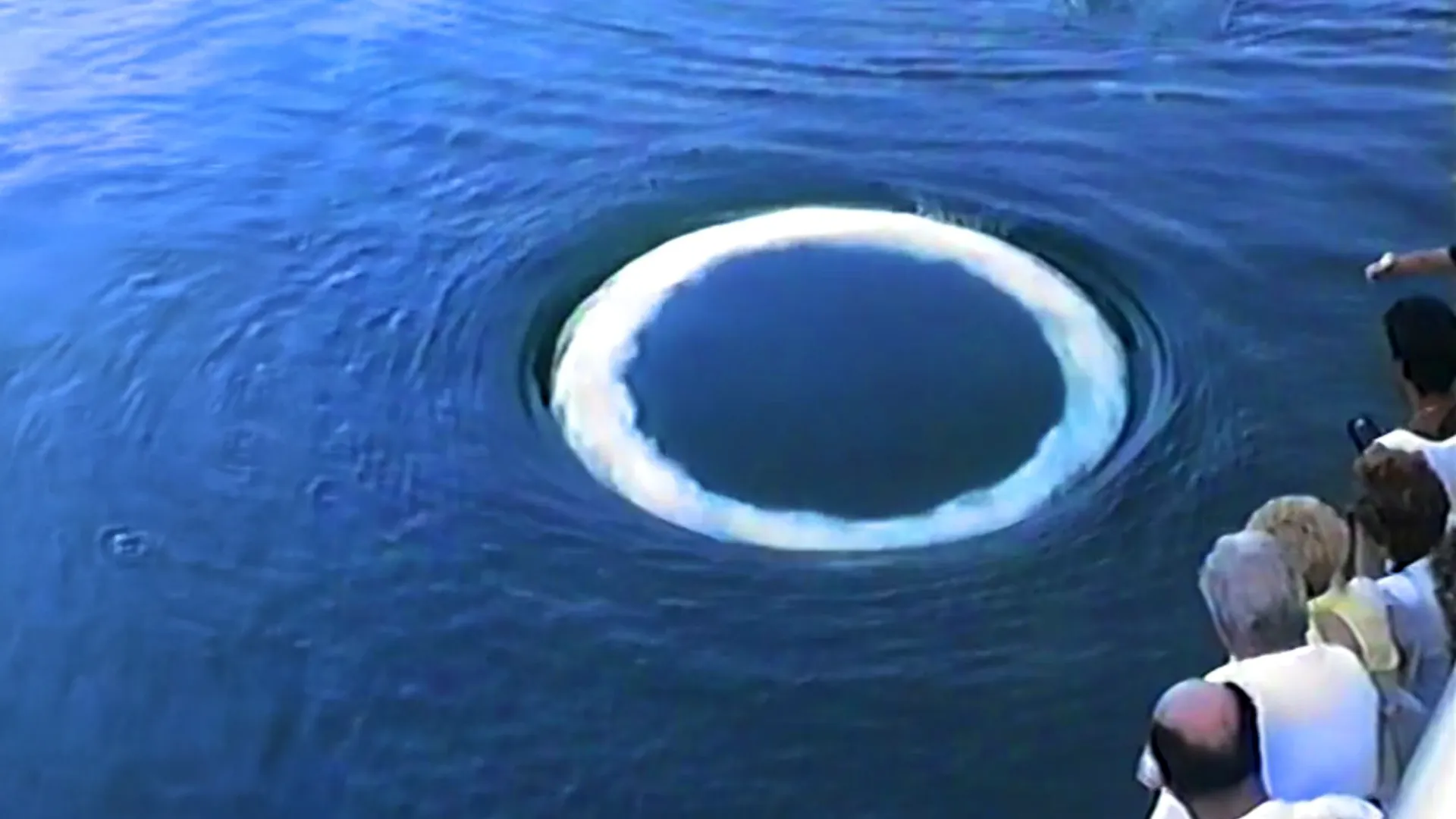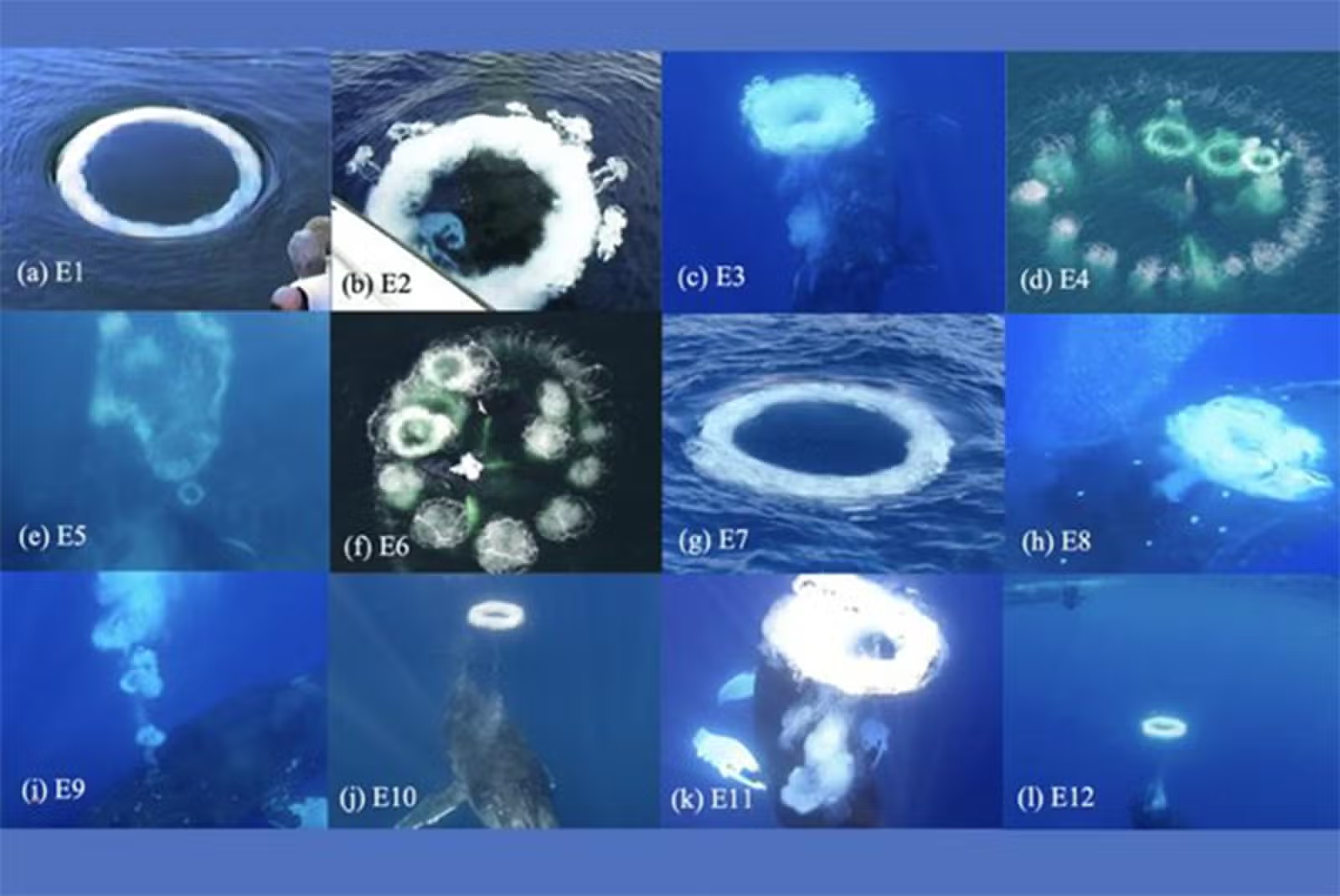created 2025-06-19, & modified, =this.modified
tags:y2025animalscommunication
rel: Musical, Sound Architecture
Thought
Uplifted or future evolved animal species with different physiology/anatomy and the worlds they would make with these different affordances/priorities.
Whale architecture.
Like that Octopolis and Octlantis but the sensationalism is true, and actual cities are constructed.
Take each creature on earth and extrapolate the city they would make.
Humpback whales have been observed blowing bubble rings during friendly interactions with humans a behavior never before documented. This surprising display may be more than play; it could represent a sophisticated form of non-verbal communication.

“We show they are blowing bubble rings in our direction in an apparent attempt to playfully interact, observe our response, and/or engage in some form of communication,” said Fred Sharpe
Examples of bubble rings

Relating to extraterrestrial intelligence, there is an important assumption that extraterrestrial life will be interested in making contact, and targeting human receivers.
Humpback whales live in complex societies, are acoustically diverse, use bubble tools and assist other species being harassed by predators
Humpback whales often exhibit inquisitive, friendly behavior towards boats and human swimmers
Thought
The whale’s different understand of a boat and a human, or a boat-human.
Interactive bioacoustic playback as a tool for detecting and exploring nonhuman intelligence: “conversing” with an Alaskan humpback whale
Here we report on a rare and opportunistic acoustic turn-taking with an adult female humpback whale, known as Twain, in Southeast Alaska. Post hoc acoustic and statistical analyses of a 20-min acoustic exchange between the broadcast of a recorded contact call, known as a ‘throp’, with call responses by Twain revealed an intentional human-whale acoustic (and behavioral) interaction. Our results show that Twain participated both physically and acoustically in three phases of interaction (Phase 1: Engagement, Phase 2: Agitation, Phase 3: Disengagement), independently determined by blind observers reporting on surface behavior and respiratory activity of the interacting whale. A close examination of both changes to the latency between Twain’s calls and the temporal matching to the latency of the exemplar across phases indicated that Twain was actively engaged in the exchange during Phase 1 (Engagement), less so during Phase 2 (Agitation), and disengaged during Phase 3 (Disengagement). These results, while preliminary, point to several key considerations for effective playback design, namely the importance of salient, dynamic and adaptive playbacks, that should be utilized in experimentation with whales and other interactive nonhuman species.